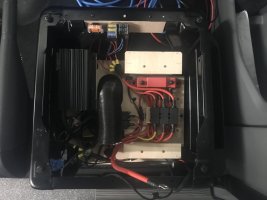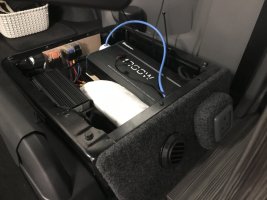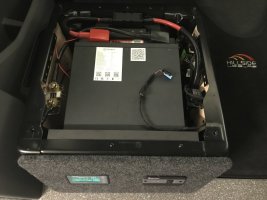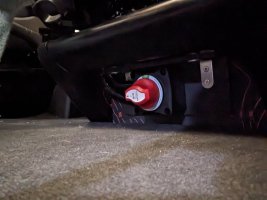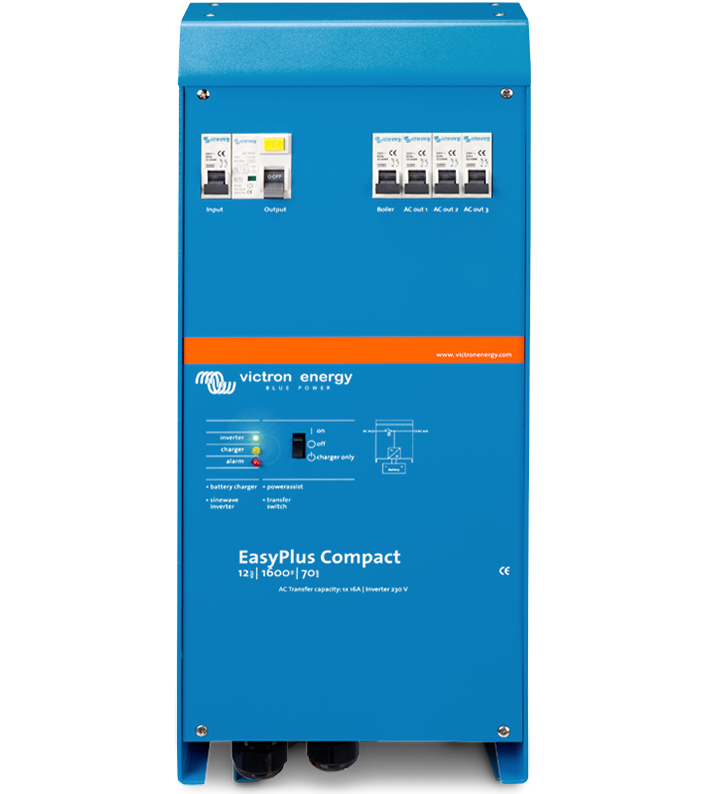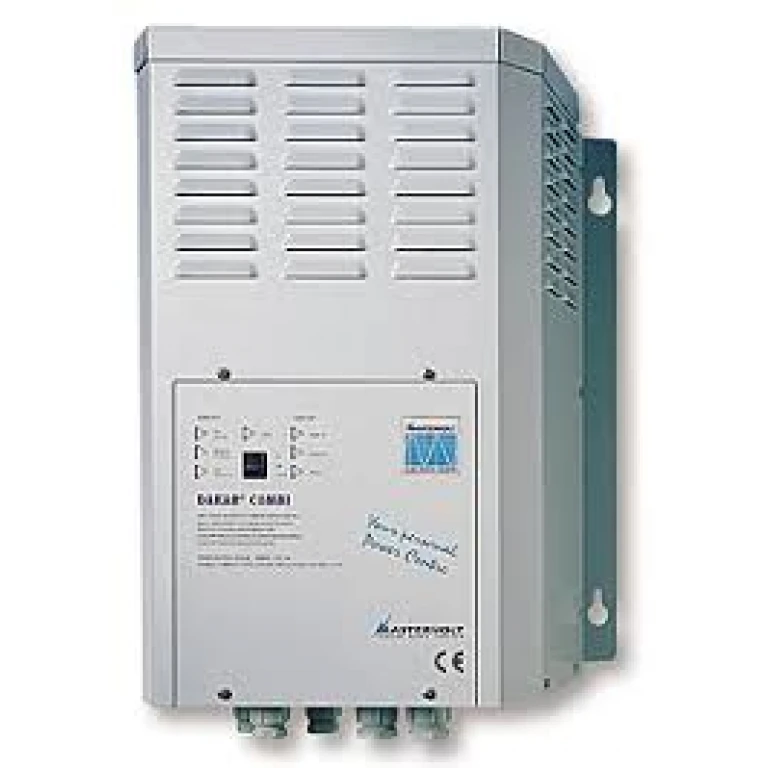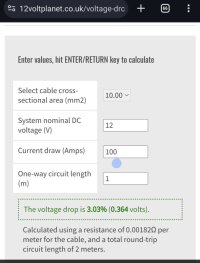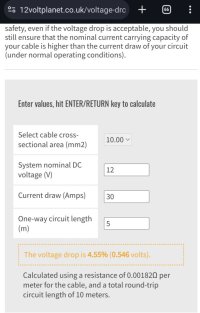I am now planning to redo all my electrics as I am looking to get a set of units, so this brings up several problems.
I had a look through this thread (and searched for others):

 www.t6forum.com
www.t6forum.com
However I am struggling to find any answers.
Originally I hoped to put all the electrics under the 2 captains seats. However I want to install an inverter - this then causes me the problems.
My first thought was to just run a wire from the seat base to the back of the van for the inverter, but then I realised due to size of wire, current and therefore voltage drop this isnt a good idea.
Now I am struggling to think of where best to put everything.
This is proving had to imagine and plan, as I dont have units to look at and measure where everything can go.
I am therefore hoping that if you have a van with an inverter in your system you could let me know where everything has been fitted (any pictures to show the setup would be great).
(Edit - I forgot, there is an amplifier to fit under one of the seat bases as well :/)
Thanks in advance.
What I have already to fit:
Renogy 100Ah battery (possibly will add a second or get the Fogstar 230Ah one)
Victron bits (BMV712, dc-dc charger, mppt, smartshunt)
Busbars fuses etc.
Thanks
I had a look through this thread (and searched for others):

Show me your electrical system locations
Now onto planning my electrical system, planning to go for a fairly basic system, B2B charger and inverter along with 12v and 230v fuse box potentially, don't think I will bother with solar at this stage , where do.you guys install your systems? Any photos appreciated just working out best...
However I am struggling to find any answers.
Originally I hoped to put all the electrics under the 2 captains seats. However I want to install an inverter - this then causes me the problems.
My first thought was to just run a wire from the seat base to the back of the van for the inverter, but then I realised due to size of wire, current and therefore voltage drop this isnt a good idea.
Now I am struggling to think of where best to put everything.
This is proving had to imagine and plan, as I dont have units to look at and measure where everything can go.
I am therefore hoping that if you have a van with an inverter in your system you could let me know where everything has been fitted (any pictures to show the setup would be great).
(Edit - I forgot, there is an amplifier to fit under one of the seat bases as well :/)
Thanks in advance.
What I have already to fit:
Renogy 100Ah battery (possibly will add a second or get the Fogstar 230Ah one)
Victron bits (BMV712, dc-dc charger, mppt, smartshunt)
Busbars fuses etc.
Thanks
Last edited:

